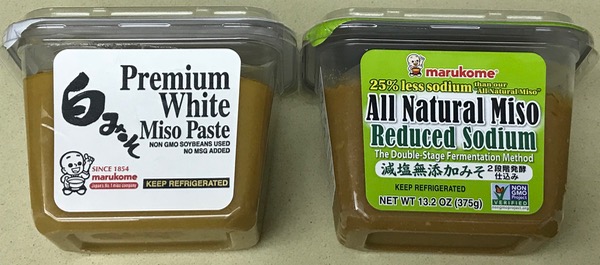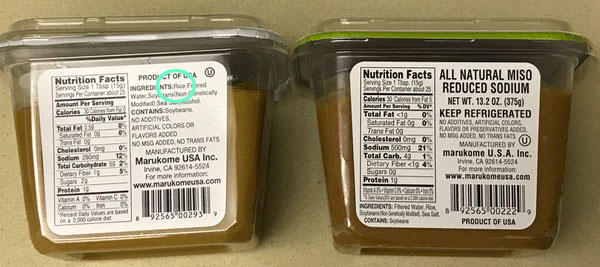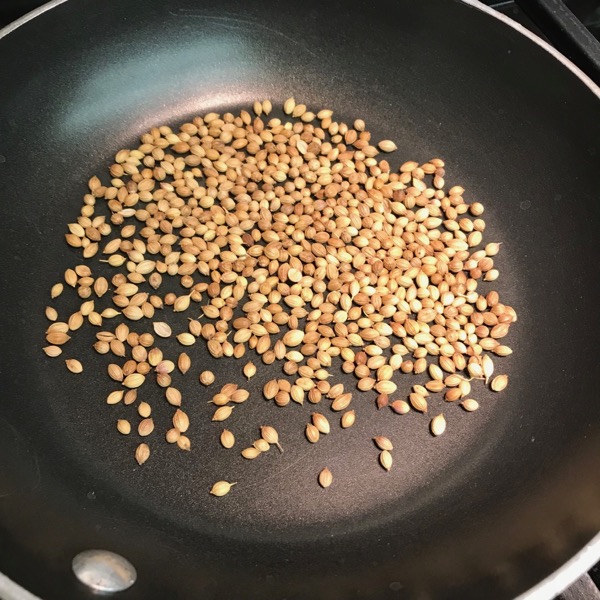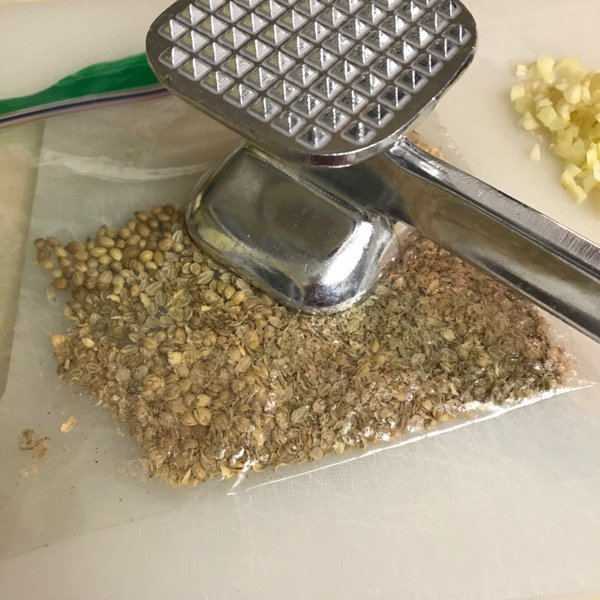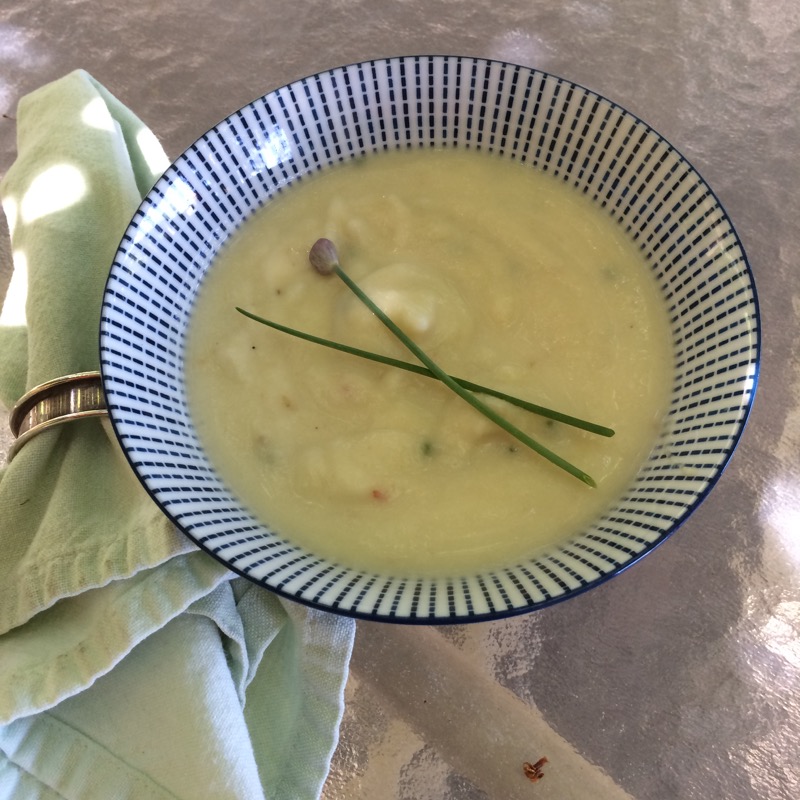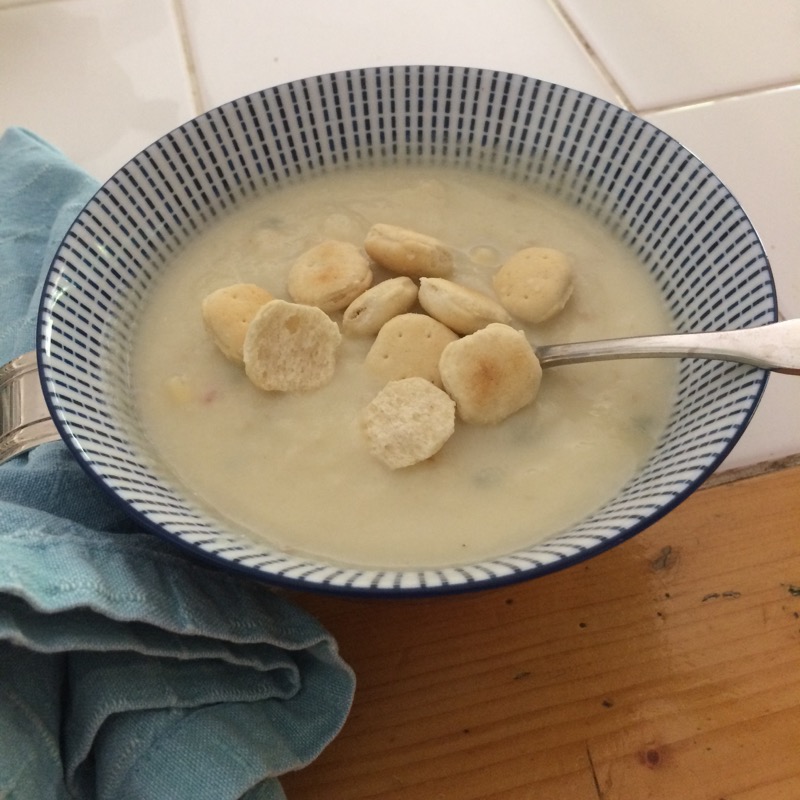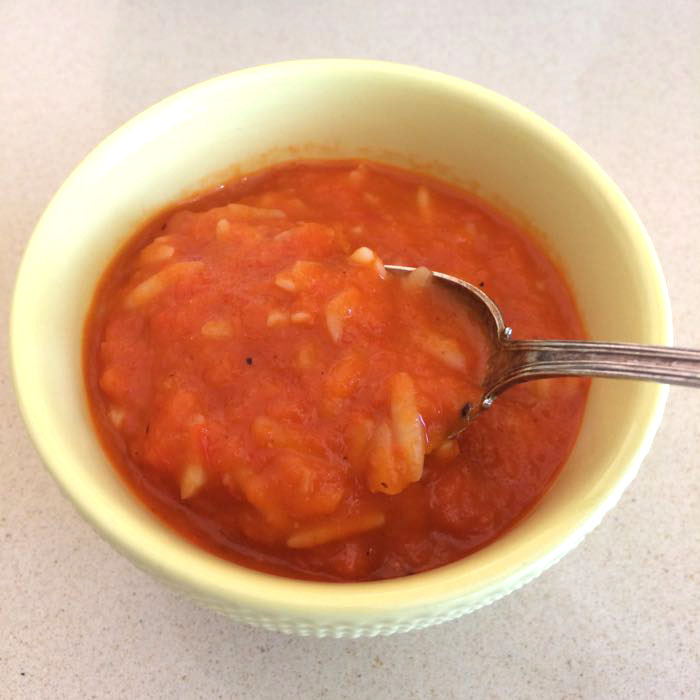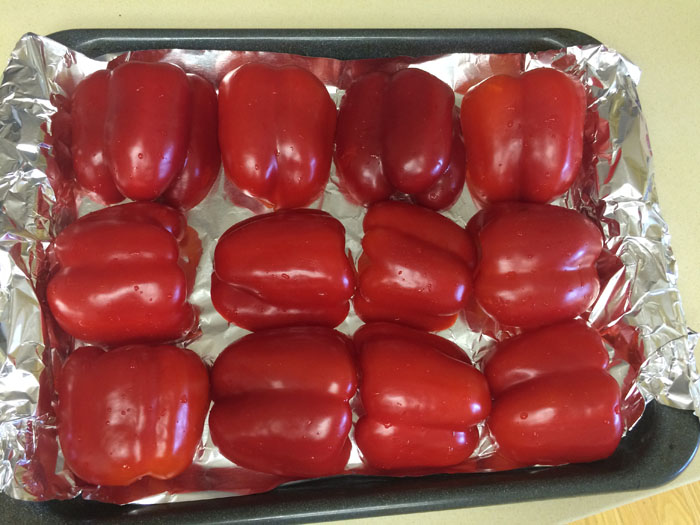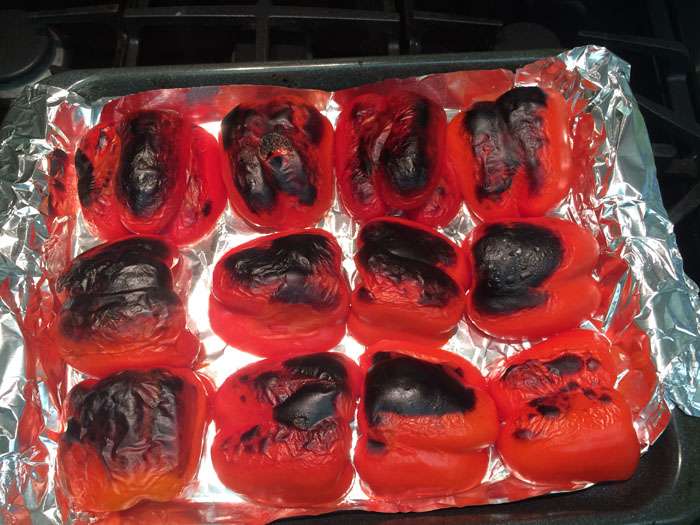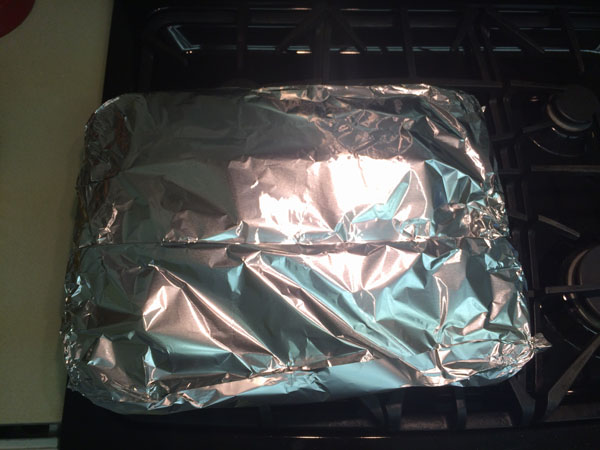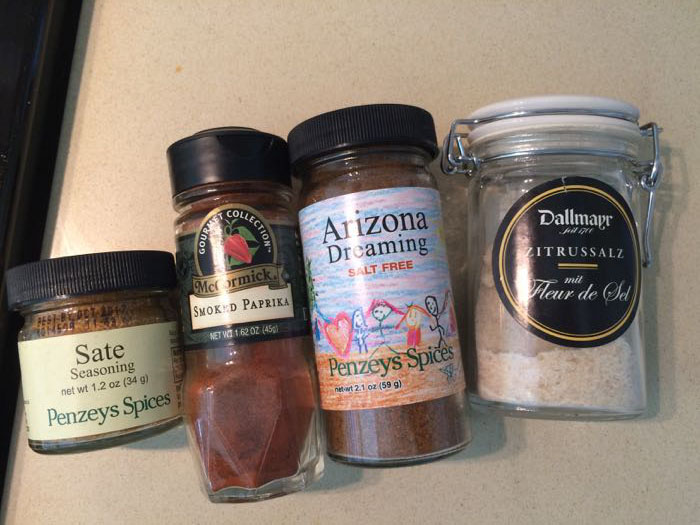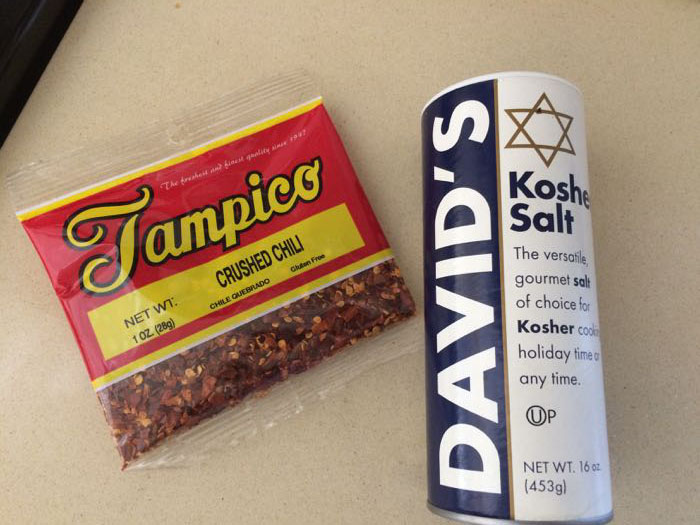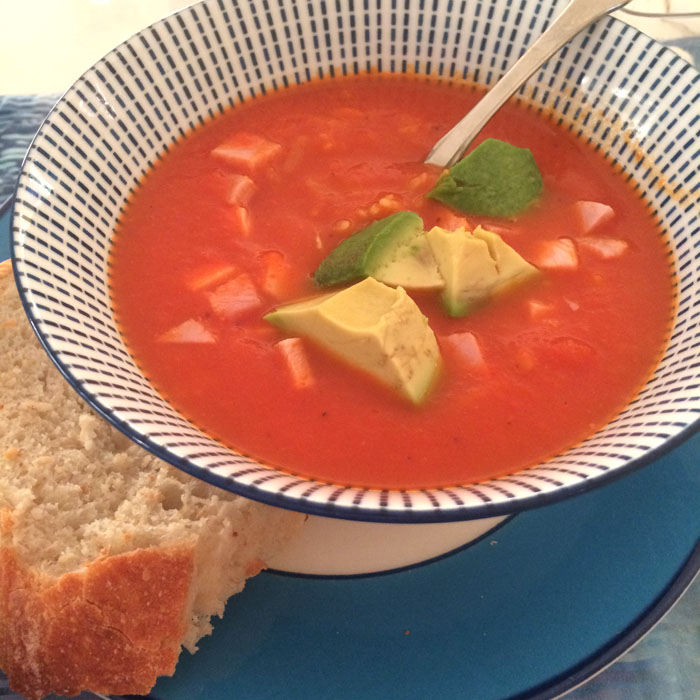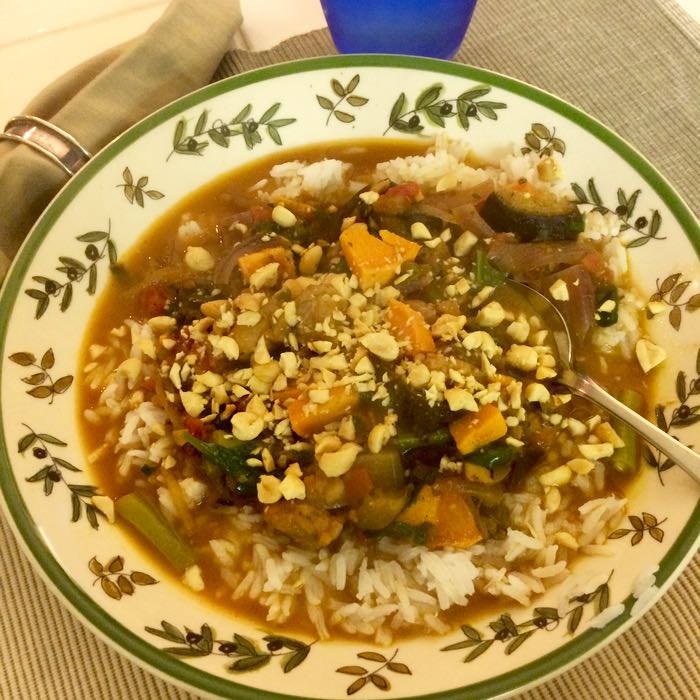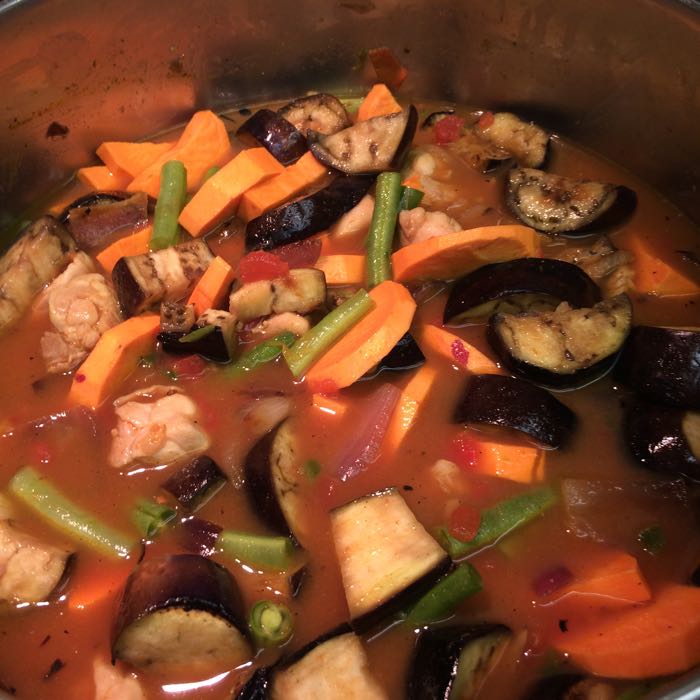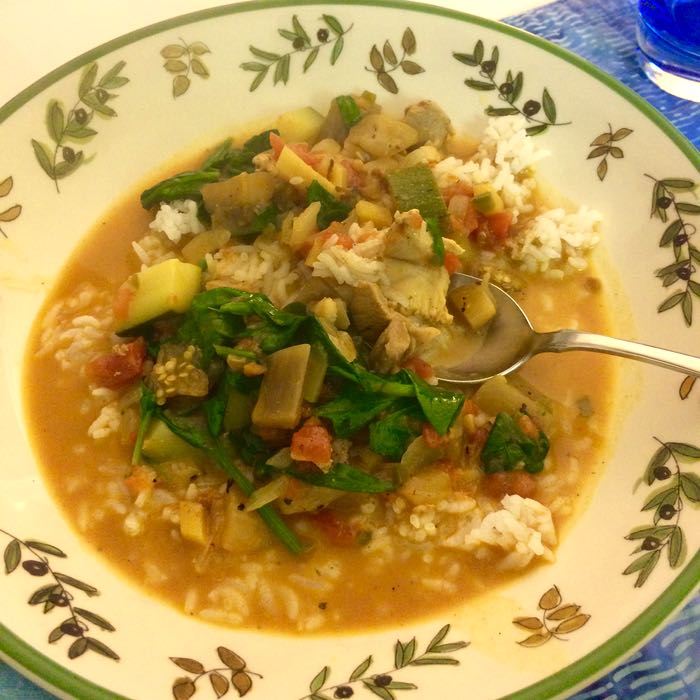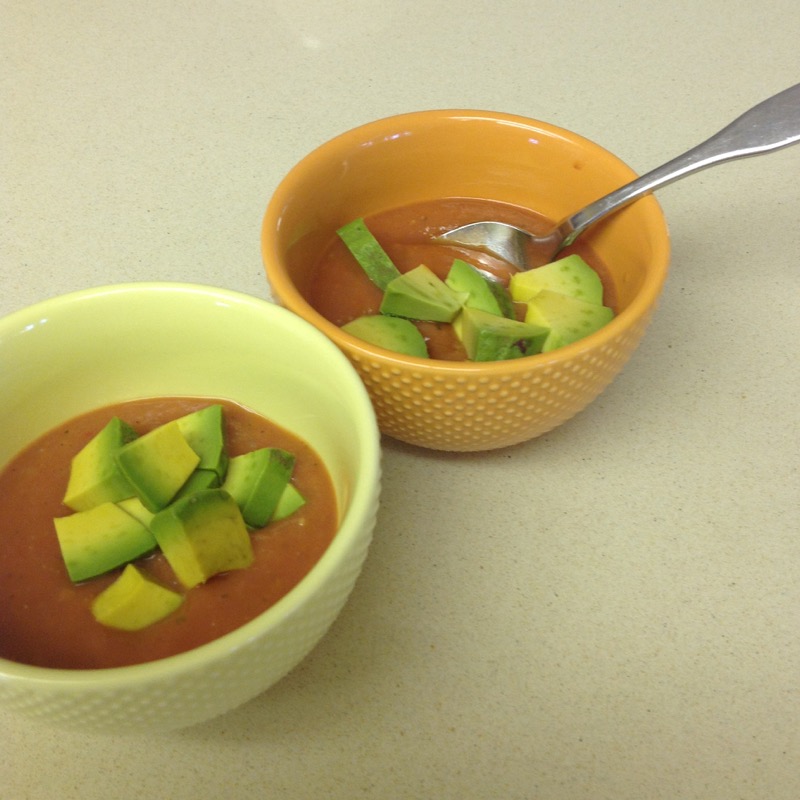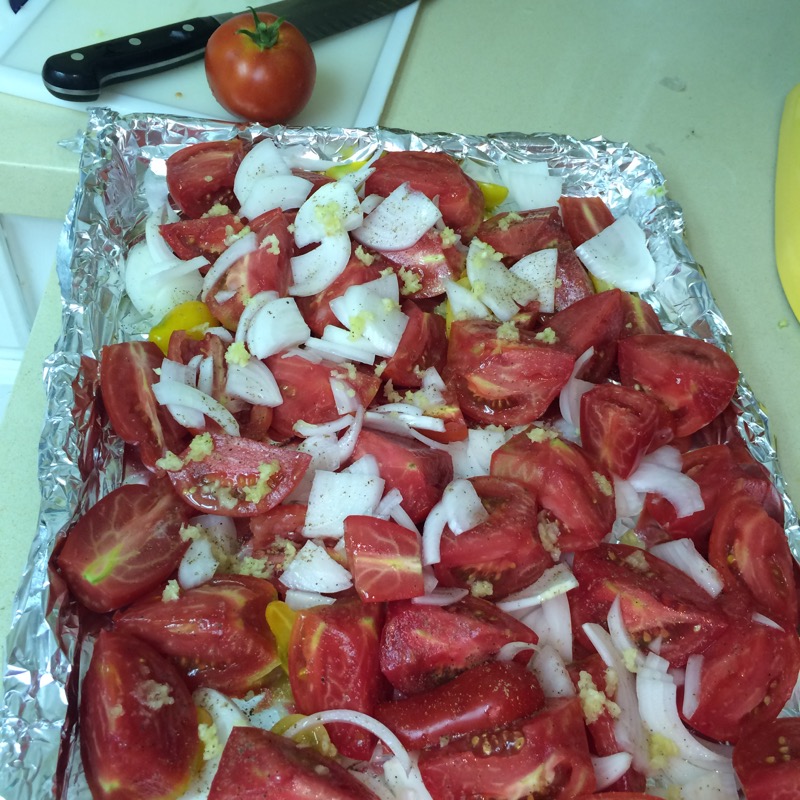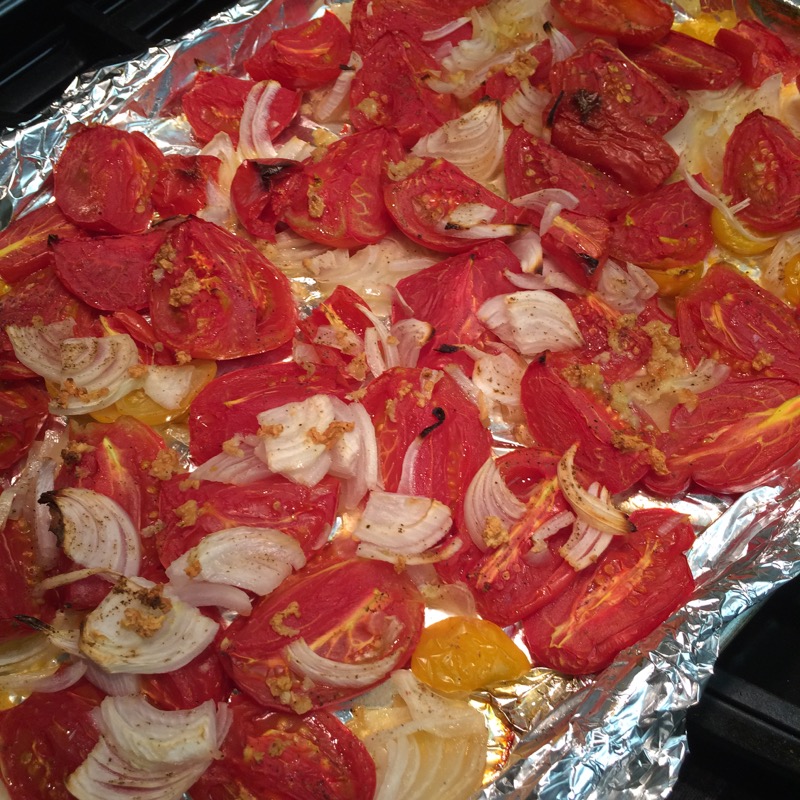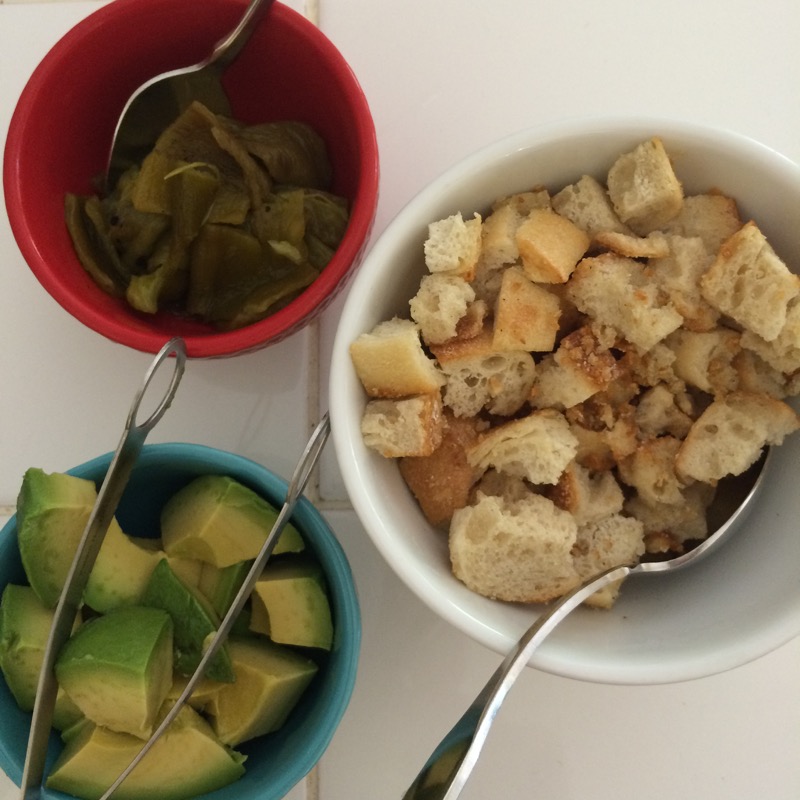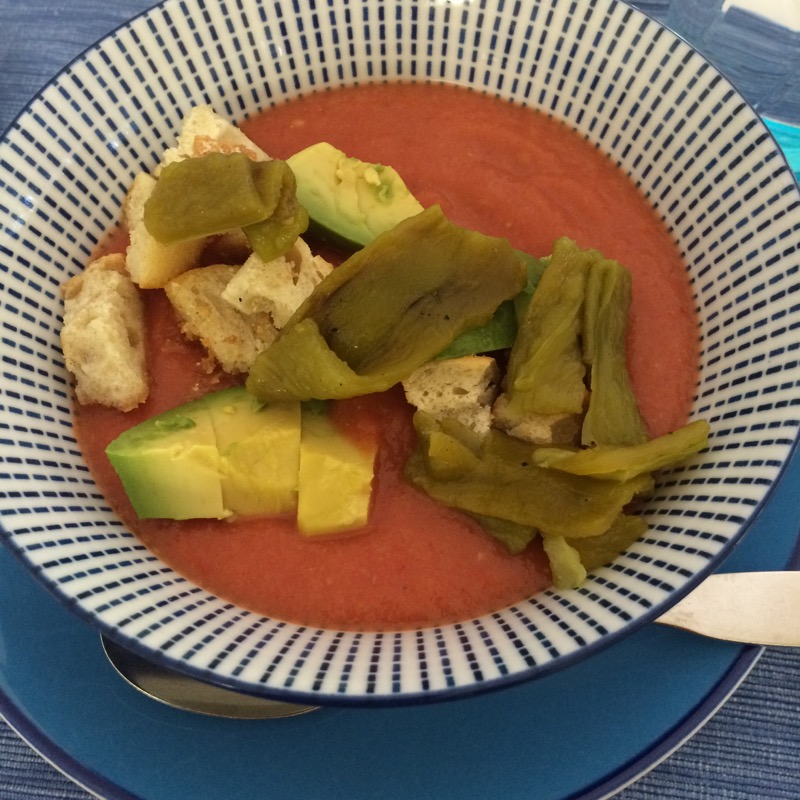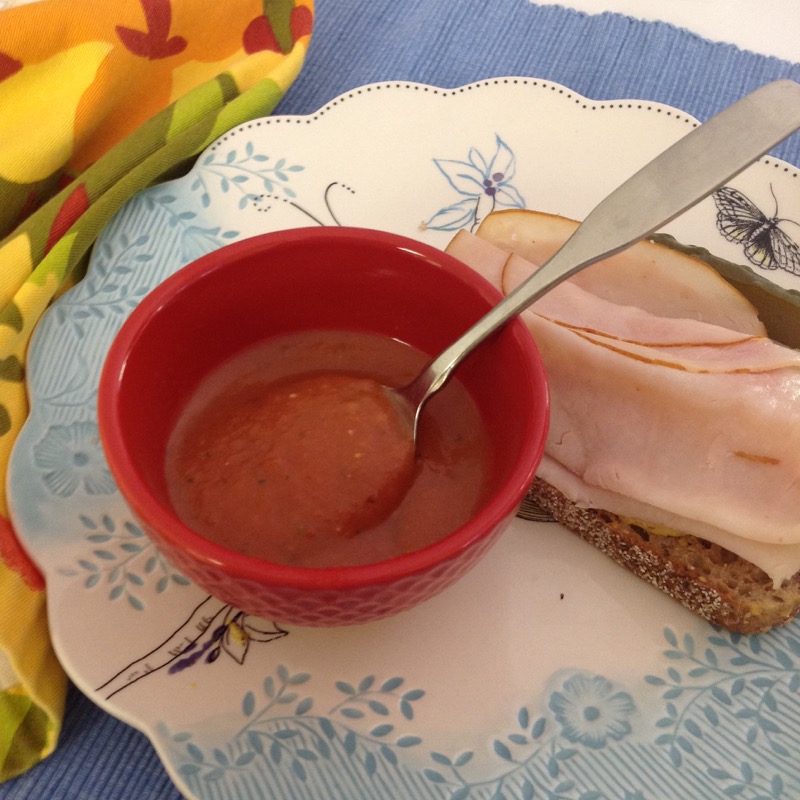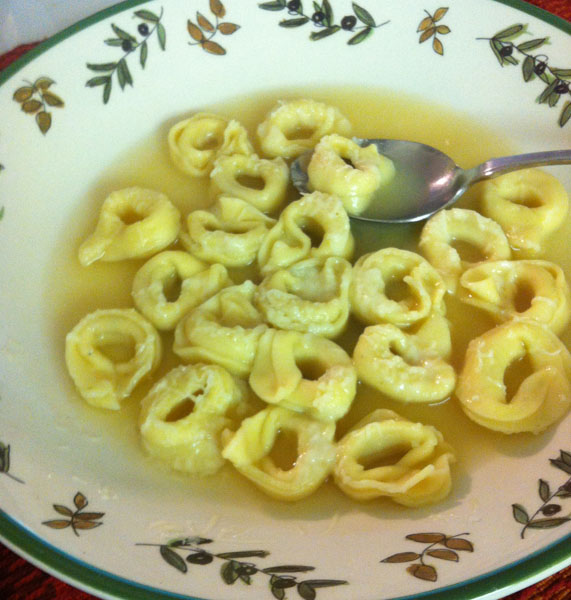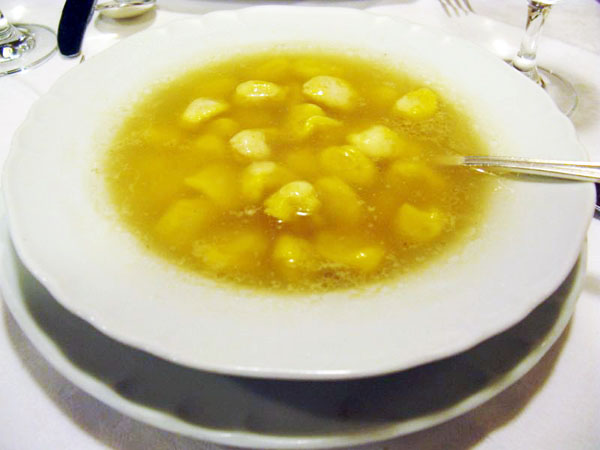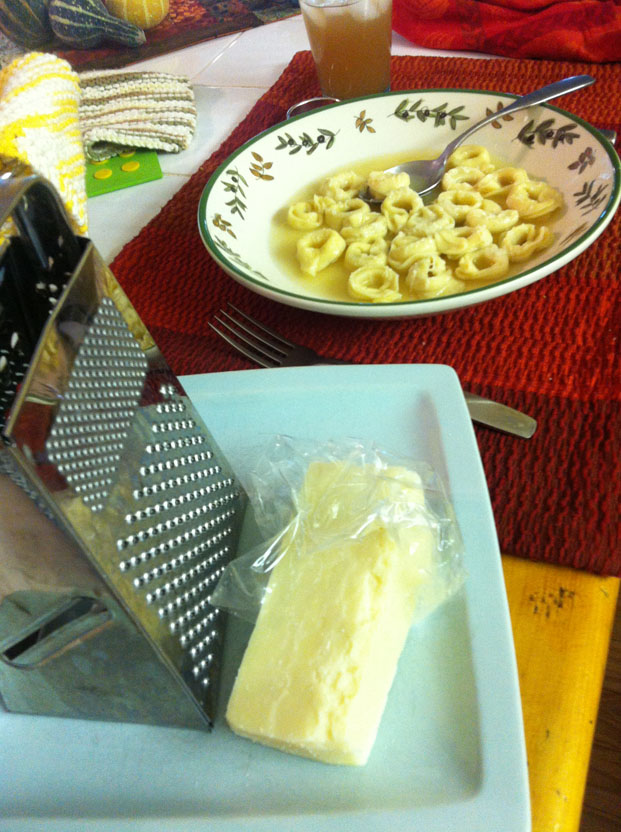
I like the first corn chowder version on here, but I also like this second one; it’s a bit more brothy and the corn really stands out. I added a drizzle of cream to the above, but it was unnecessary. Just go with the recipe.
The only unusual ingredient here is Better Than Bullion, a type of flavoring base. I sometimes use it to ramp up the flavor, especially if I’ve used water as part of the equation (which I do).
Ingredients
8 small ears of fresh corn, or 4-6 large ears
4 cups chicken broth
4 cups water
2 teaspoons Better Than Bullion Roast Chicken flavor
2 4-ounce packages of Trader Joe’s pancetta
1 large white onion, finely diced
2 large carrots (or 4 small ones), finely diced
1 lb. Yukon or equivalent potatoes, cut into 1/4″ slices (I used the small creamer potatoes, and was fine with that)
2 teaspoons salt — or to taste
several grinds of black pepper
medium pinch of red pepper flakes
chopped chives, for garnish
Instructions
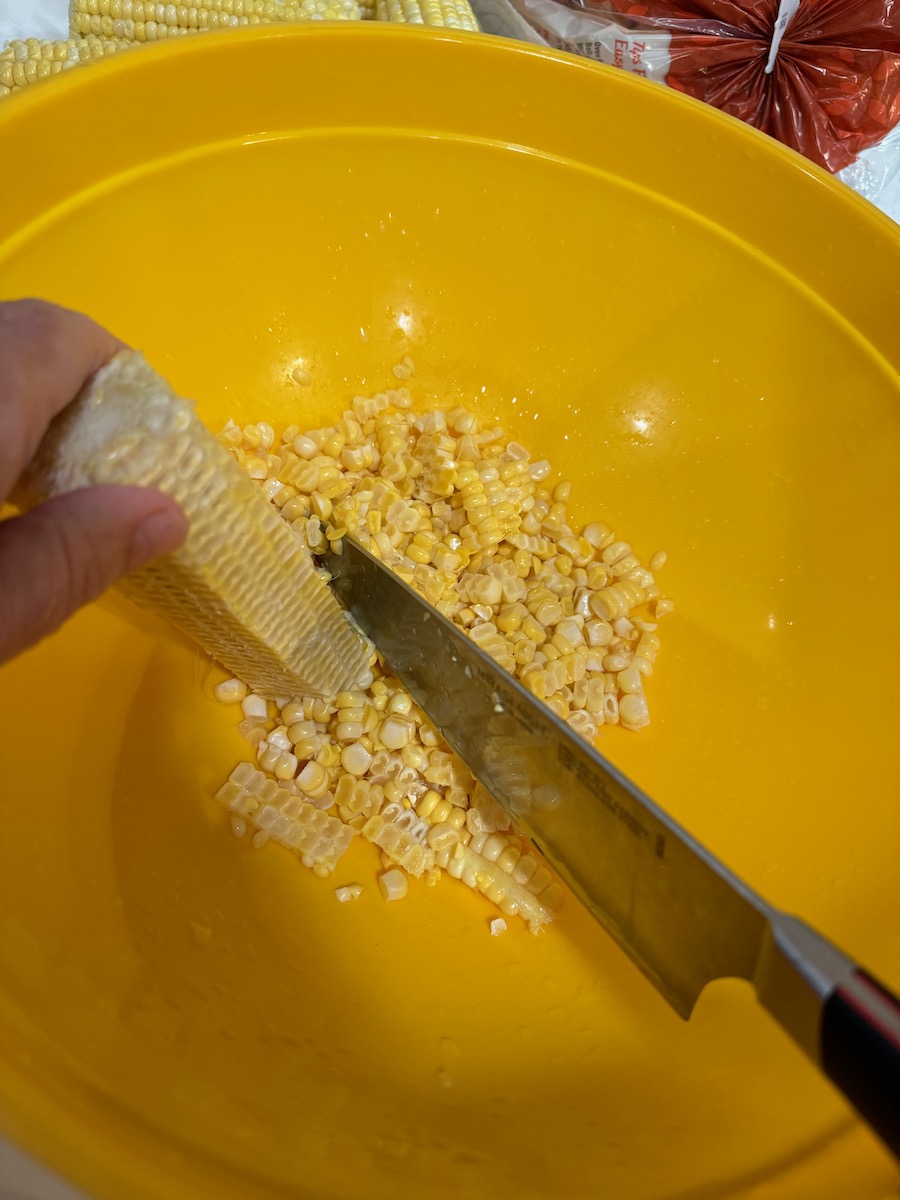
One by one, place an ear of corn in a large bowl, and cut off kernels. Reserve kernels.
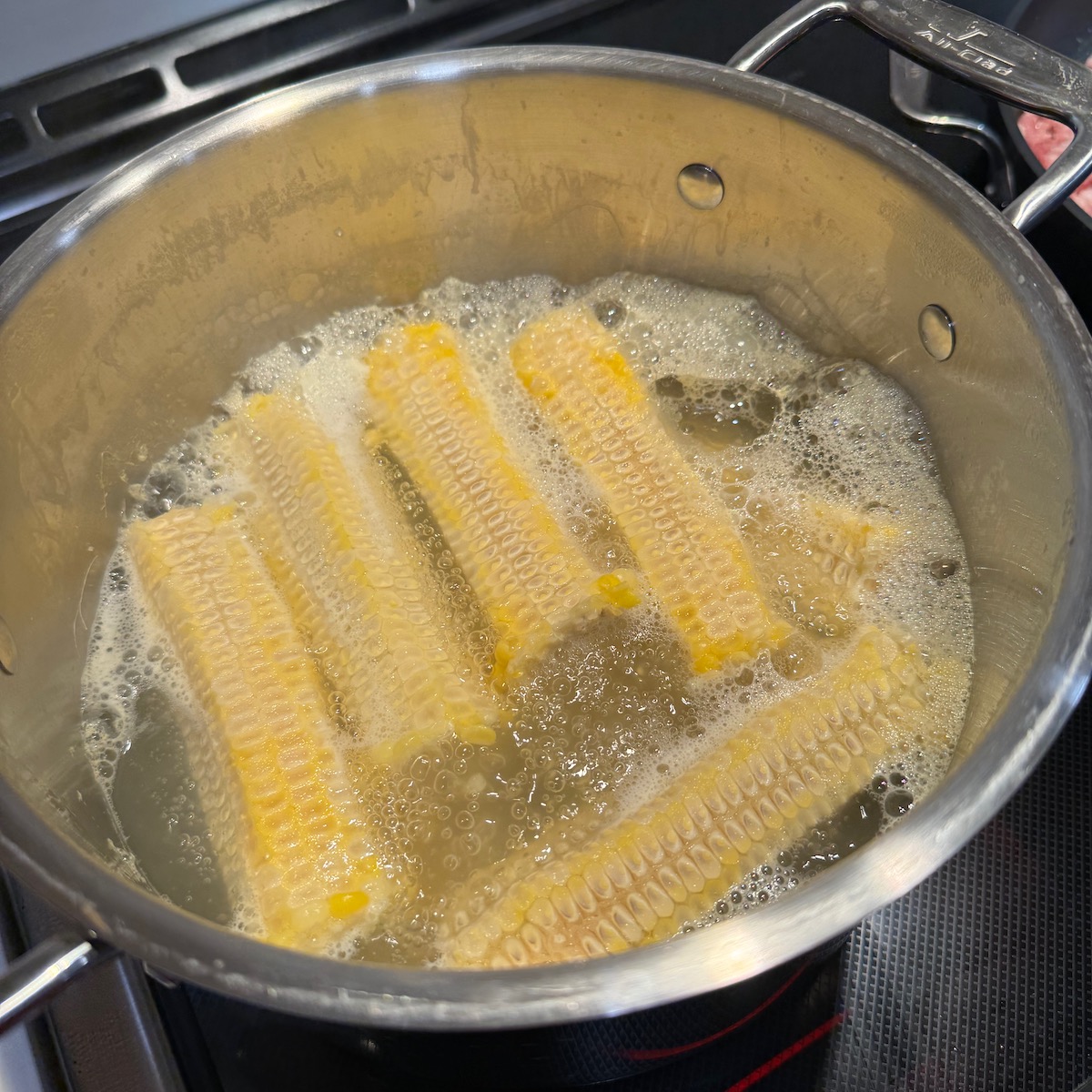
Place the chicken broth in a large pot, and add the corn cobs. Add water until the cobs are almost submerged; don’t use more than 4 cups of water. Bring to a boil and cook uncovered for about 20 minutes, while making the rest of the chowder.
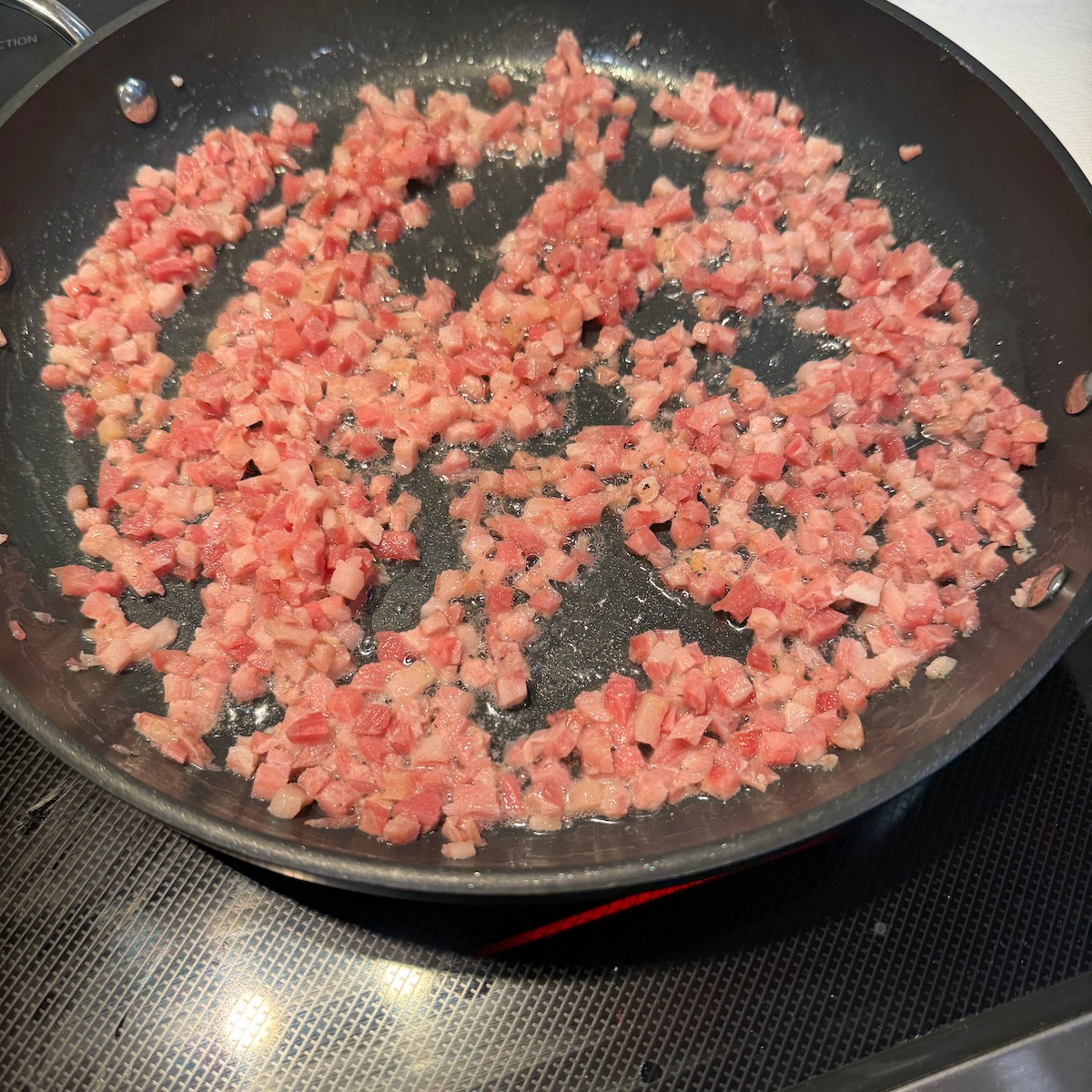
In a large saucepan, brown the pancetta until crispy, but not burned. Using a slotted spoon, remove pancetta to a bowl lined with a paper towel, and set aside for later.
To the pancetta fat, add the diced vegetables, stirring occasionally until they are soft, about 8 minutes over medium-low heat.
Now…back to the corn cobs. Using tongs, lift the cobs out of the large pot into a bowl, and then pour the broth/water through a strainer into a large clean bowl. Don’t throw away the cobs just yet.
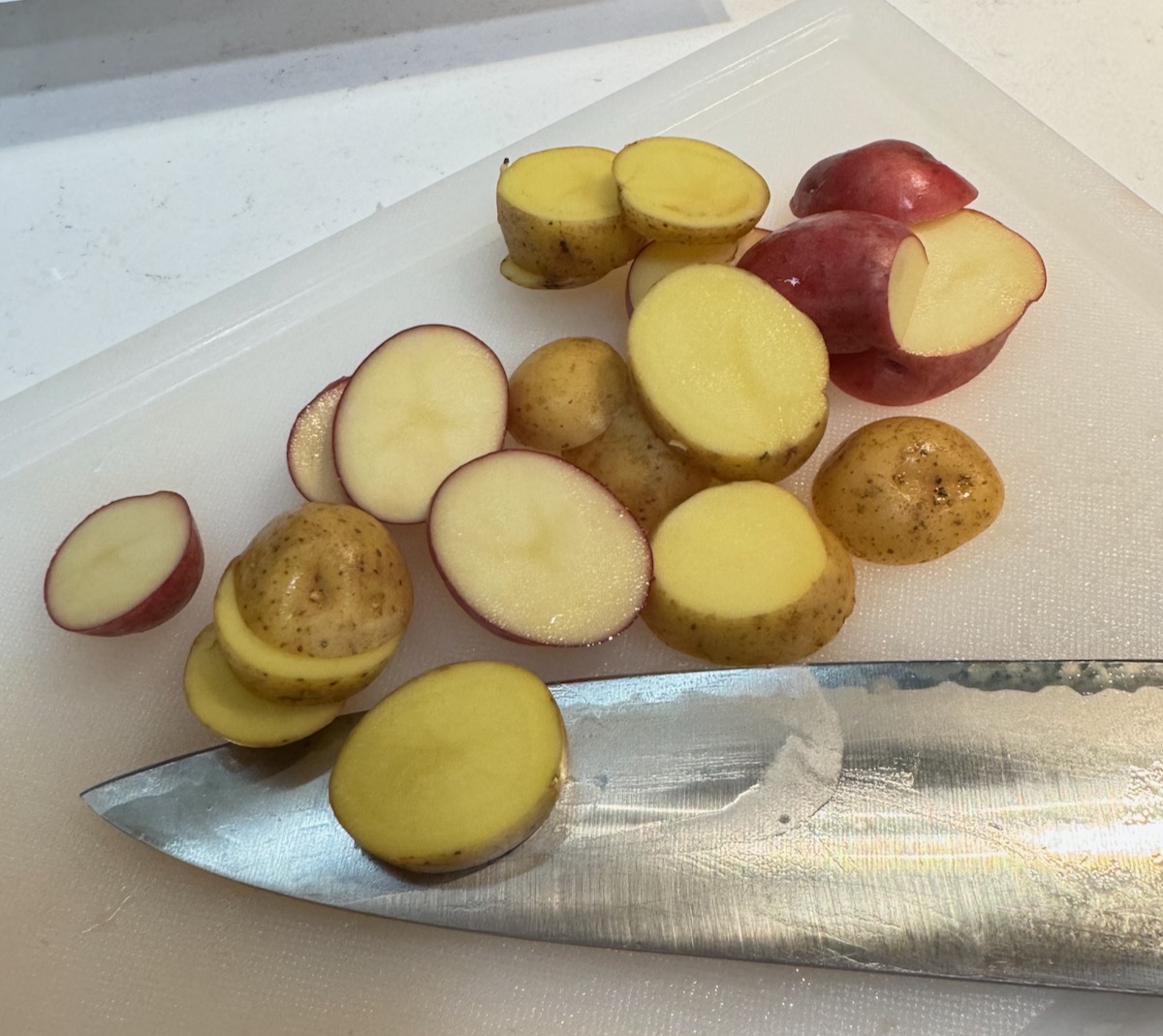
Wipe out the large pot, and scrape the diced vegetables into the pot. Add the reserved corn kernels, sliced potatoes, corn broth/water, 2 teaspoons of Better Than Bullion Roast Chicken flavor, pinch of red pepper flakes, and the salt and pepper.
Stir well, and let simmer until the potatoes are tender (about 12 minutes). Meanwhile, go back to your cobs, and [if desired] scrape down the edges to extract the bits of the corn kernels that remain. Add to soup.
When potatoes are tender, and using a potato masher, crush the potatoes a few times to break them down and to thicken the soup slightly. (If the soup gets too thick, you can add more water or broth if needed.)
Season to taste, then add in the pancetta. Let simmer for 1-2 minutes.
Serve in wide bowls, topped with the chopped chives and ground black pepper. My focaccia also goes well with this soup. This recipe makes a bunch — probably 8-10 servings — enough to share with a friend!

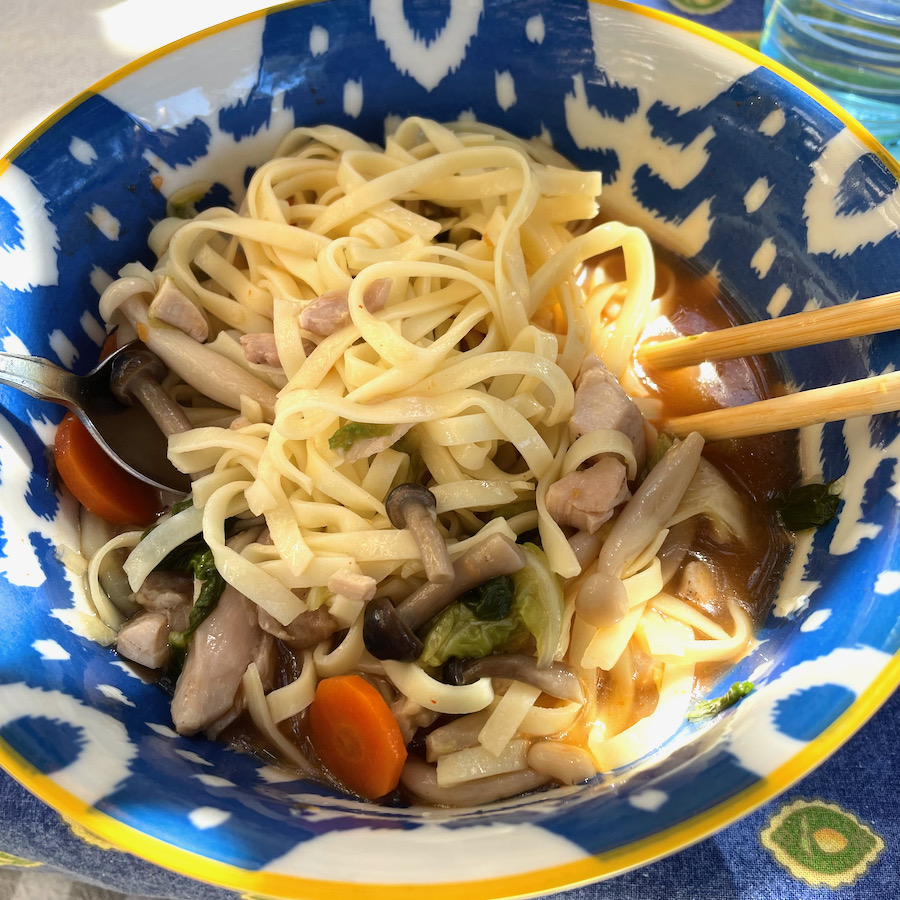
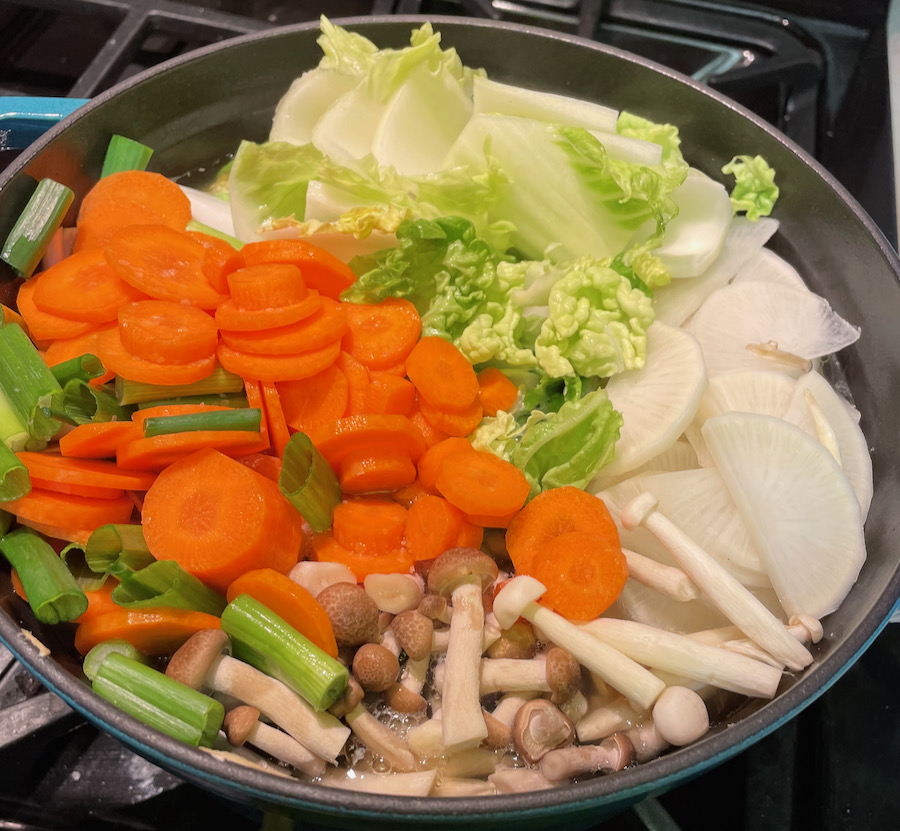
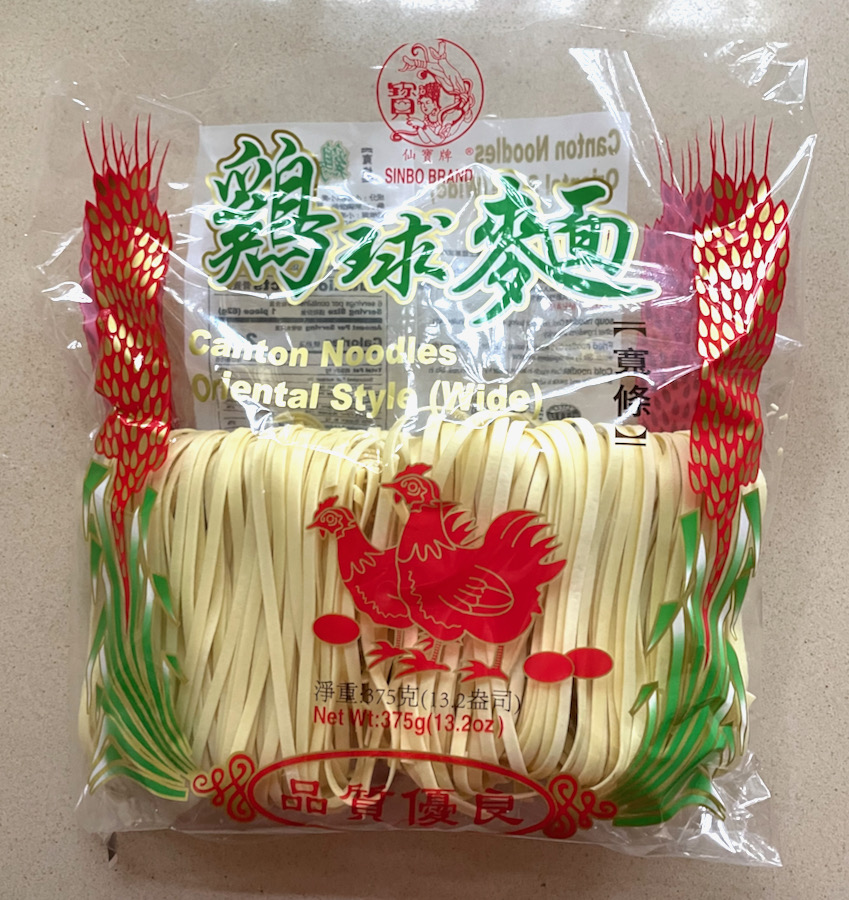
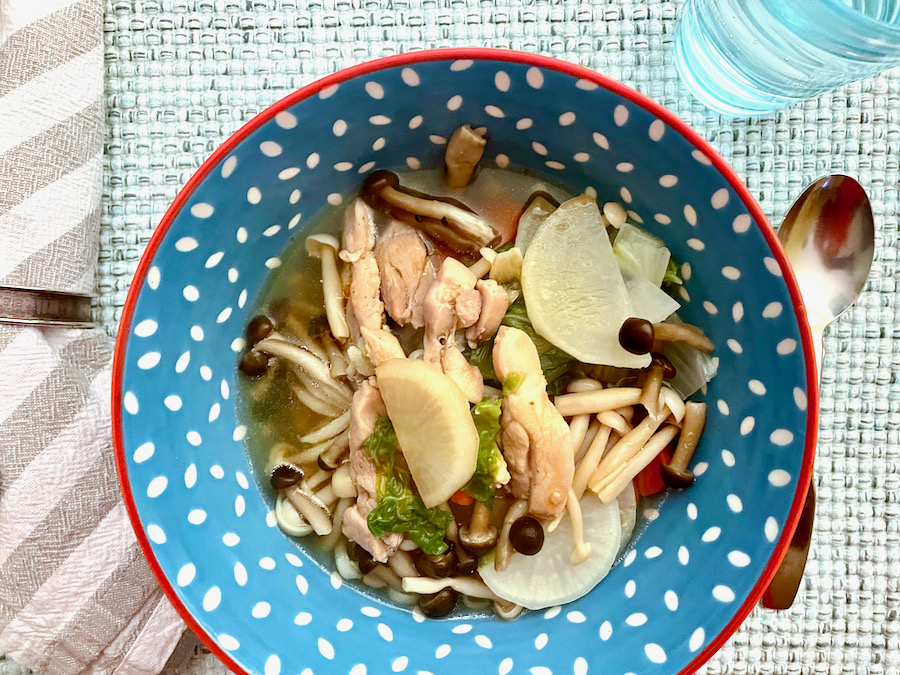
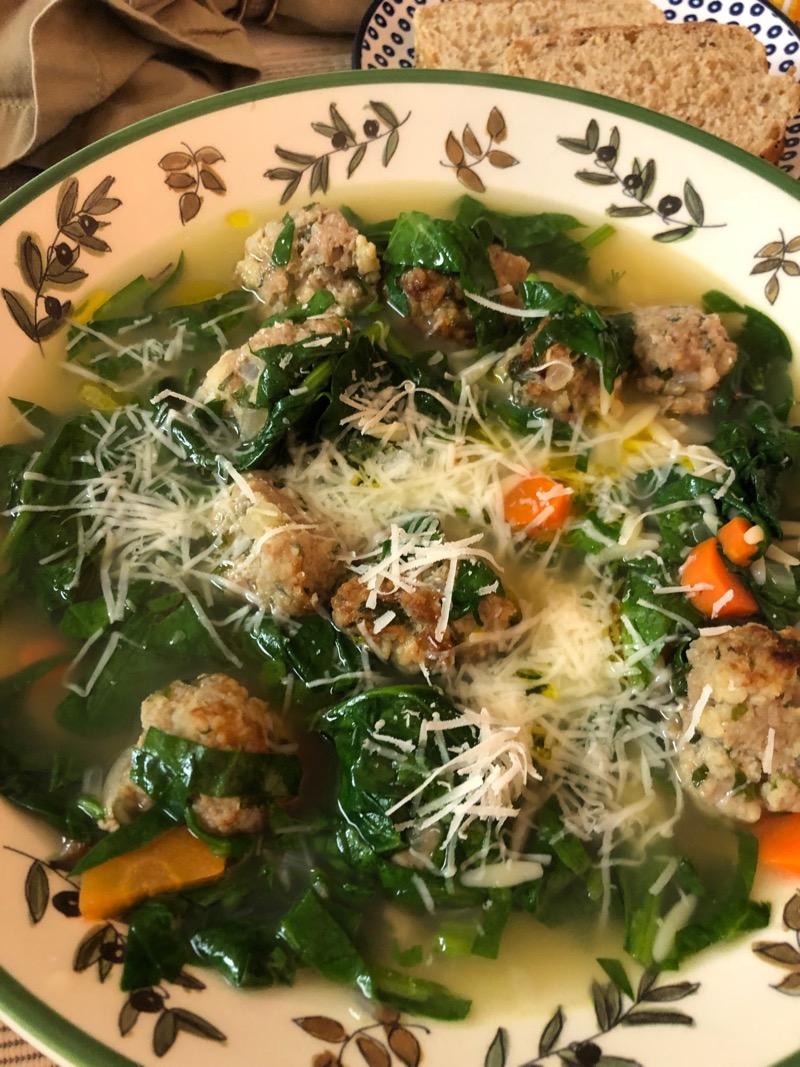
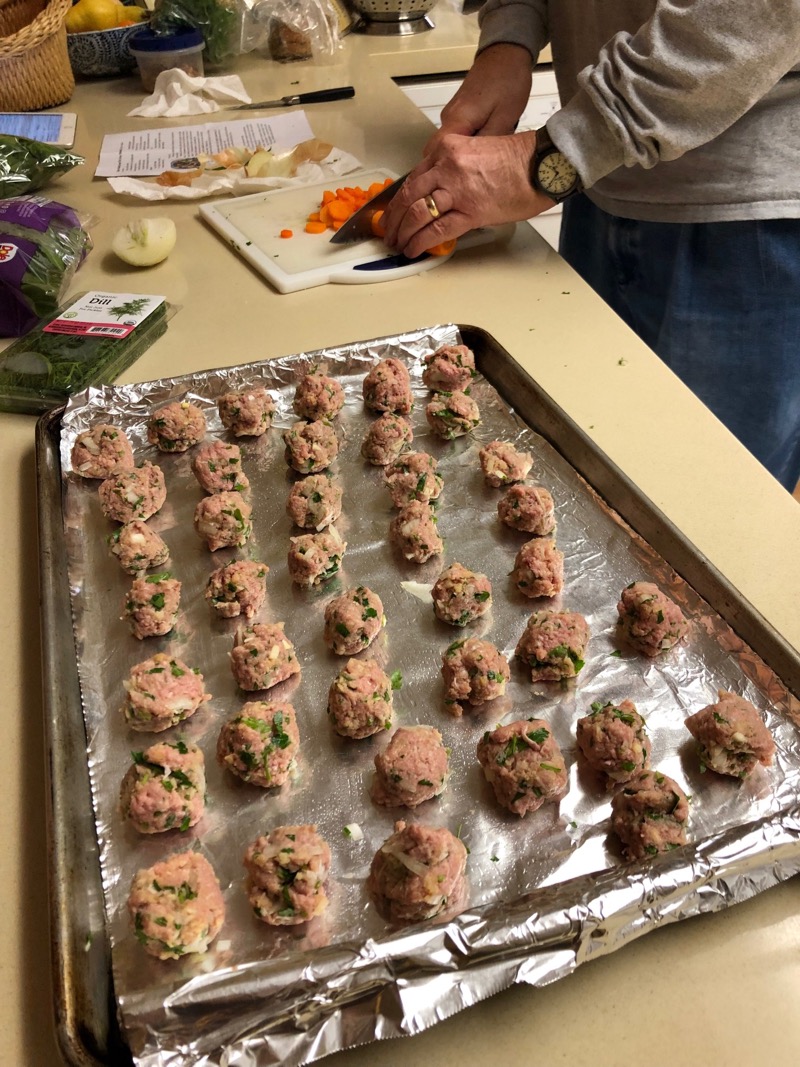
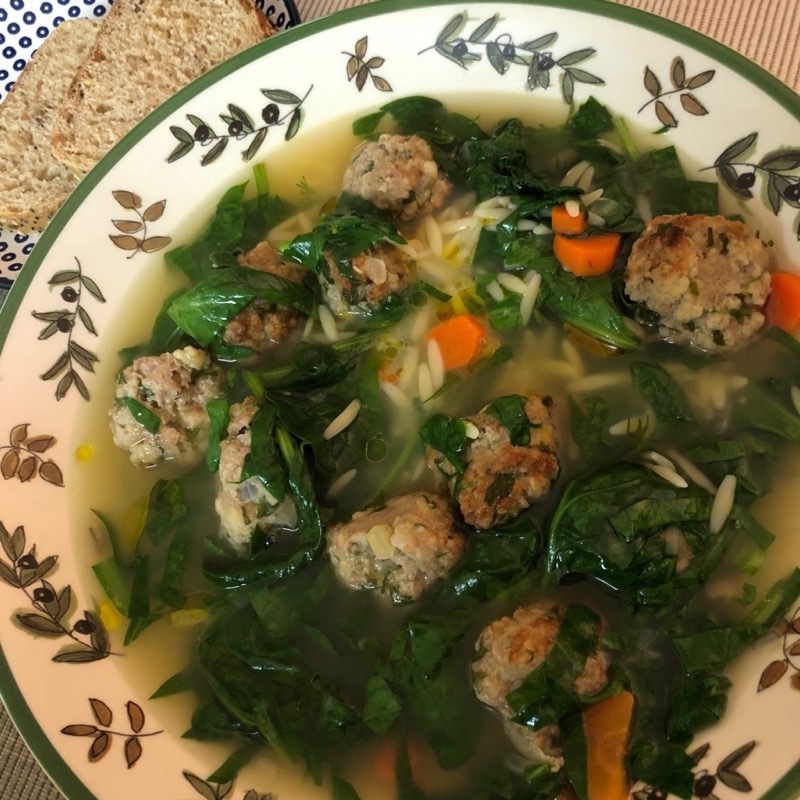
 It’s fall, so anything fall-colored seems to make its way to the menu, and that means a new recipe. While this has been published in several places, I read about it in the New York Times where it goes by the name of Lemony Carrot Cauliflower Soup, and is a recipe by the talented Melissa Clark. But I didn’t think the amount of lemon in it (added at the end) warranted an inclusion in the title, although it is a necessary ingredient.
It’s fall, so anything fall-colored seems to make its way to the menu, and that means a new recipe. While this has been published in several places, I read about it in the New York Times where it goes by the name of Lemony Carrot Cauliflower Soup, and is a recipe by the talented Melissa Clark. But I didn’t think the amount of lemon in it (added at the end) warranted an inclusion in the title, although it is a necessary ingredient.